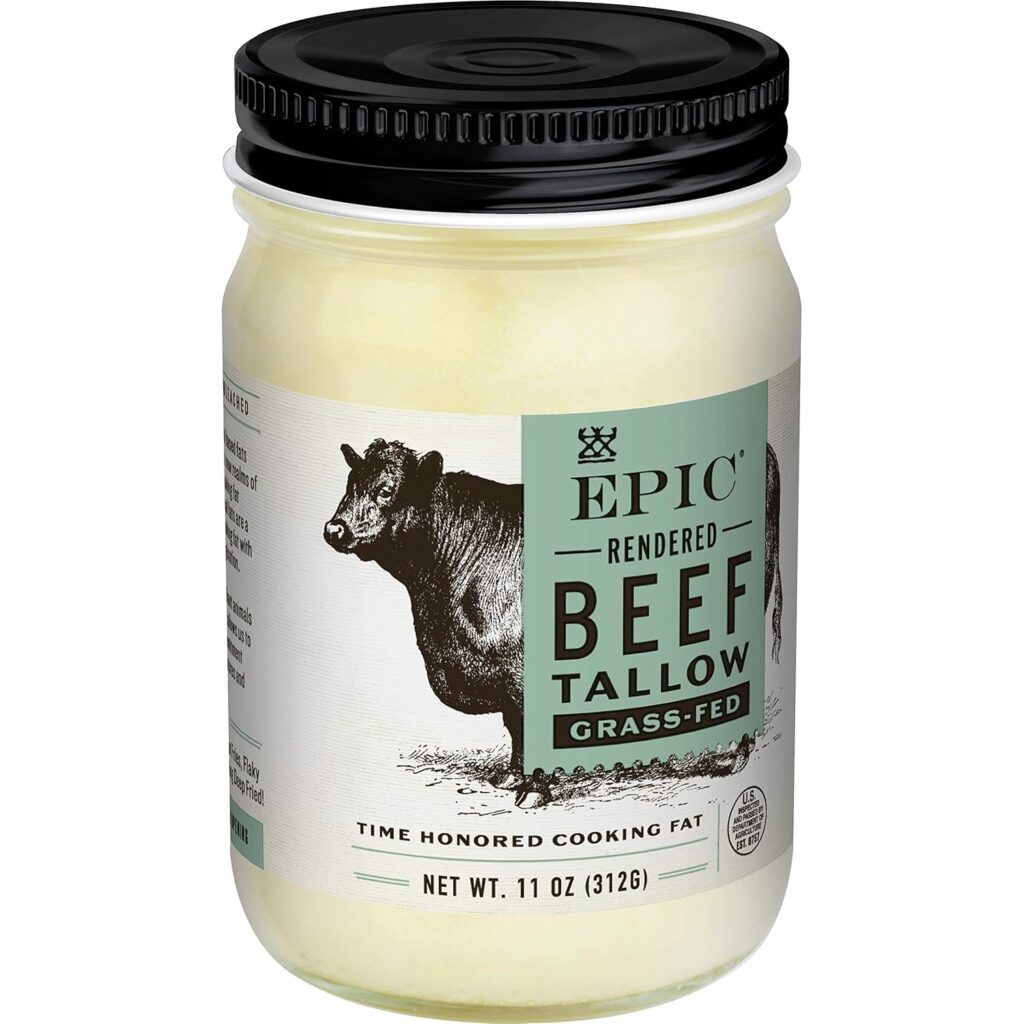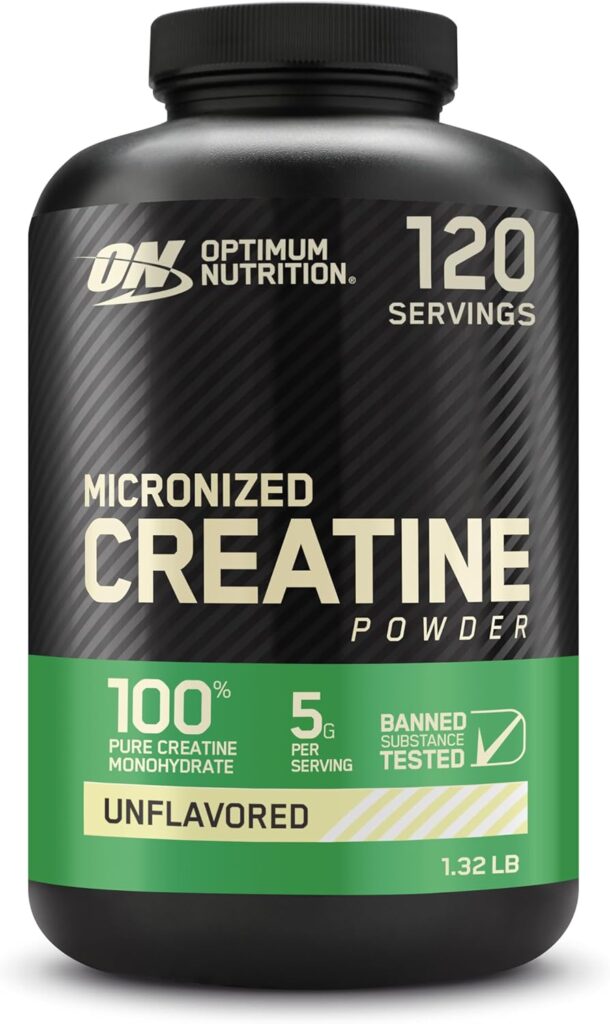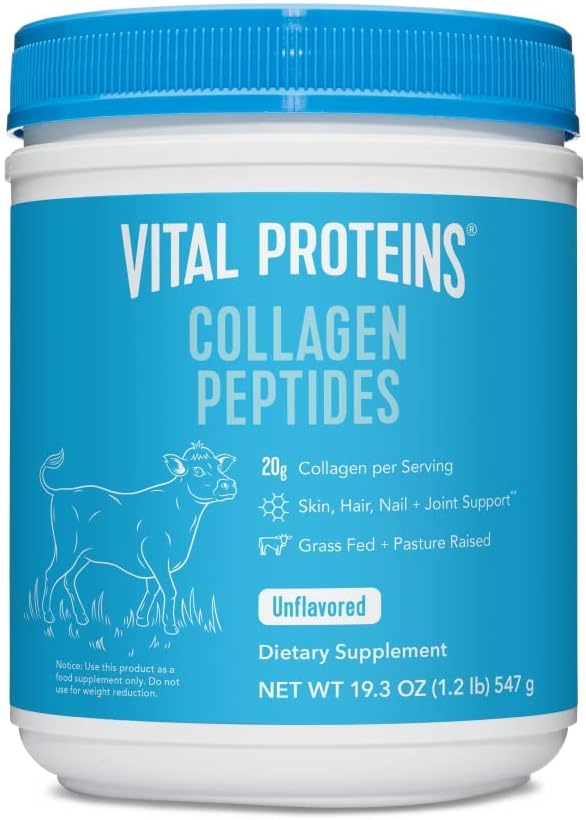This blog may contain affiliate links, meaning I earn a small commission if you make a purchase through these links, at no additional cost to you. As an affiliate, I only promote products and services I trust and believe will add value to my readers.
The carnivore diet has taken the health and fitness world by storm. Its all-meat philosophy appeals to those who value simplicity and crave results. If you’re here, you’re likely wondering: Can you really build muscle on a diet that excludes carbohydrates? The short answer is yes—and this guide will show you how.
Why the Carnivore Diet Works for Muscle Growth
The carnivore diet focuses on nutrient-dense animal-based foods like meat, fish, eggs, and dairy. Here’s why it works for building muscle:
- High-Quality Protein: Protein is the building block of muscle, and the carnivore diet is naturally packed with it. Beef, chicken, pork, and fish provide all the essential amino acids your body needs for muscle repair and growth.
- Creatine Boost: Red meat is an excellent source of creatine, a compound known for enhancing strength and muscle performance.
- Hormonal Support: Fats from animal sources promote testosterone production, a critical hormone for muscle development.
- Anti-Inflammatory Benefits: Eliminating carbs and plant toxins may reduce inflammation, allowing your body to recover faster from workouts.
How to Structure Your Carnivore Diet for Muscle Gain
To build muscle effectively on the carnivore diet, follow these principles:
1. Prioritize Protein
Your body needs ample protein to repair and grow muscle fibers. Aim for 1 gram of protein per pound of body weight daily. For example, if you weigh 180 pounds, consume 180 grams of protein.
Top Protein Sources:
- Ribeye steak
- Ground beef (85/15 for a balance of fat and protein)
- Pork chops
- Chicken thighs
- Wild-caught salmon
- Cage-free eggs
2. Don’t Fear Fat
Fat is your primary energy source on the carnivore diet. Opt for fatty cuts of meat like ribeye or add extra fat through butter, tallow, or bone marrow.
Highly Rated Products to Consider:
- Grass-Fed Beef Tallow: Packed with healthy fats and perfect for cooking.
- Kerrygold Pure Irish Butter: A rich source of high-quality fats.

3. Time Your Meals Around Workouts
Consume a high-protein meal 1-2 hours after your workout. This helps maximize muscle protein synthesis.
Post-Workout Ideas:
- Grilled steak with butter
- Salmon fillet with scrambled eggs
Supplementation on the Carnivore Diet
While the carnivore diet is nutrient-dense, certain supplements can enhance your results, especially if you’re training hard.
1. Creatine Monohydrate
Even though red meat contains creatine, a supplement can provide an extra edge in strength and performance.
- Optimum Nutrition Creatine Monohydrate: With over 100,000 reviews, it’s a trusted choice for gym-goers.

2. Electrolytes
The low-carb nature of the carnivore diet can lead to an initial loss of water and electrolytes. Supplementing with sodium, potassium, and magnesium is crucial.
- LMNT Electrolyte Powder: A popular choice for staying hydrated and maintaining performance.
3. Collagen
Collagen supports joint health and may improve recovery.
- Vital Proteins Collagen Peptides: A versatile, flavorless powder you can add to coffee or bone broth.

Strength Training on the Carnivore Diet
Building muscle isn’t just about what you eat. Your training program plays a pivotal role. Follow these tips for maximum results:
1. Focus on Compound Movements
Compound exercises like squats, deadlifts, and bench presses target multiple muscle groups, allowing you to lift heavier and stimulate growth.
2. Progressive Overload
Gradually increase the weight, reps, or intensity of your workouts over time. This challenges your muscles and forces them to adapt.
3. Recovery Is Key
Recovery is where the magic happens. Prioritize sleep, hydration, and adequate nutrition to repair and grow your muscles.
Must-Have Fitness Gear:
- Bowflex Adjustable Dumbbells: A versatile option for home workouts.
- CAP Barbell Power Rack: Ideal for heavy lifting at home.
- X3 Bar | X3 Complete Home Gym: Is a variable resistance training system
Sample Meal Plan for Muscle Building
Here’s a day of eating on the carnivore diet tailored for muscle growth:
Breakfast
- 4 eggs scrambled in butter
- 6 oz ribeye steak
- Coffee with Kerrygold Butter and Vital Proteins Collagen
Lunch
- 8 oz ground beef with bone marrow
- Side of crispy bacon
Snack
- 3 hard-boiled eggs
- Pork rinds
Dinner
- 10 oz salmon cooked in Grass-Fed Beef Tallow
- 4 oz liver (optional, but nutrient-packed)
Post-Workout (Optional)
- Protein shake with Vital Proteins Collagen Peptides
- Bone broth
Overcoming Challenges
Adapting to the carnivore diet can come with challenges, but these tips can help:
1. Combat Keto Flu
Electrolyte imbalances can lead to symptoms like fatigue and headaches. Use LMNT Electrolyte Powder to stay balanced.
2. Avoid Boredom
Experiment with different cuts of meat and cooking methods. Tools like an air fryer or smoker can add variety.
- Ninja Foodi Air Fryer: A top-rated gadget for making crispy, flavorful meat dishes.
3. Stick to Your Goals
Results take time, so stay consistent with your diet and training plan. Surround yourself with supportive communities online or in person.
The Bottom Line
Building muscle on the carnivore diet is not only possible but highly effective. By focusing on high-quality protein, prioritizing recovery, and supplementing wisely, you can achieve impressive results while enjoying a simplified way of eating.
If you’re ready to take the leap, start incorporating these strategies and products into your routine. Click on the links above to grab the tools and supplements that will support your journey to peak strength and performance. Your carnivore muscle-building transformation starts today!